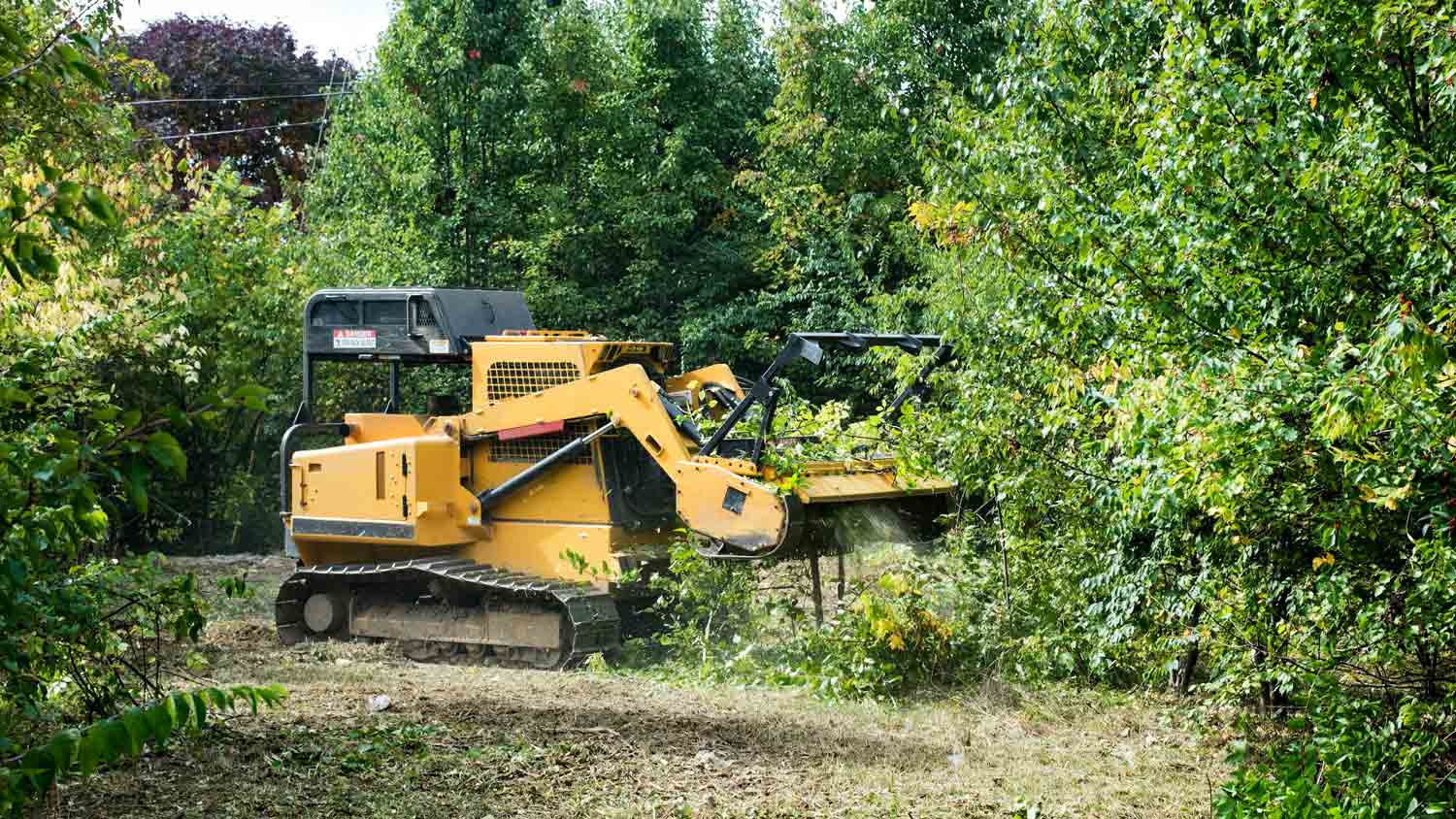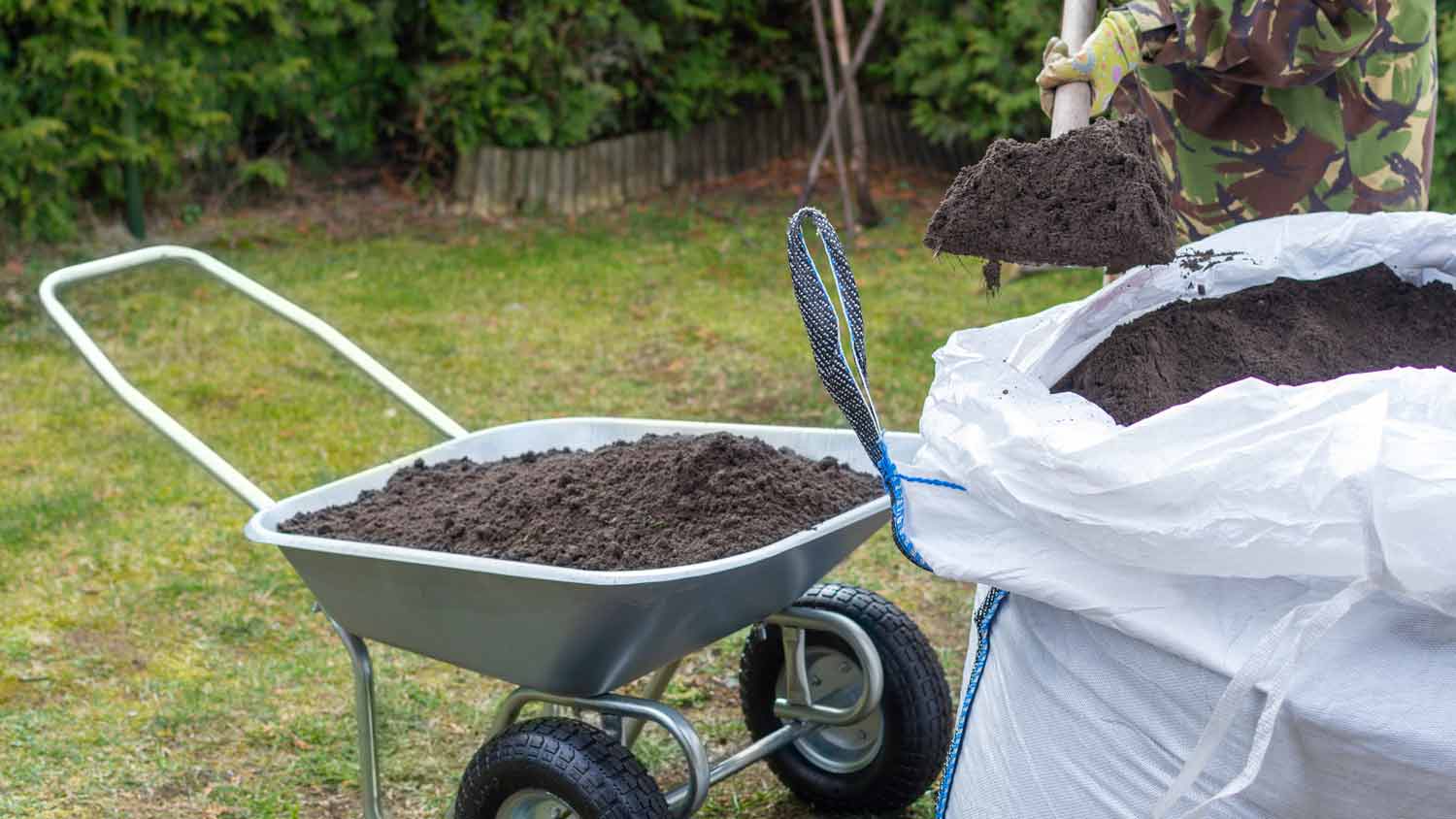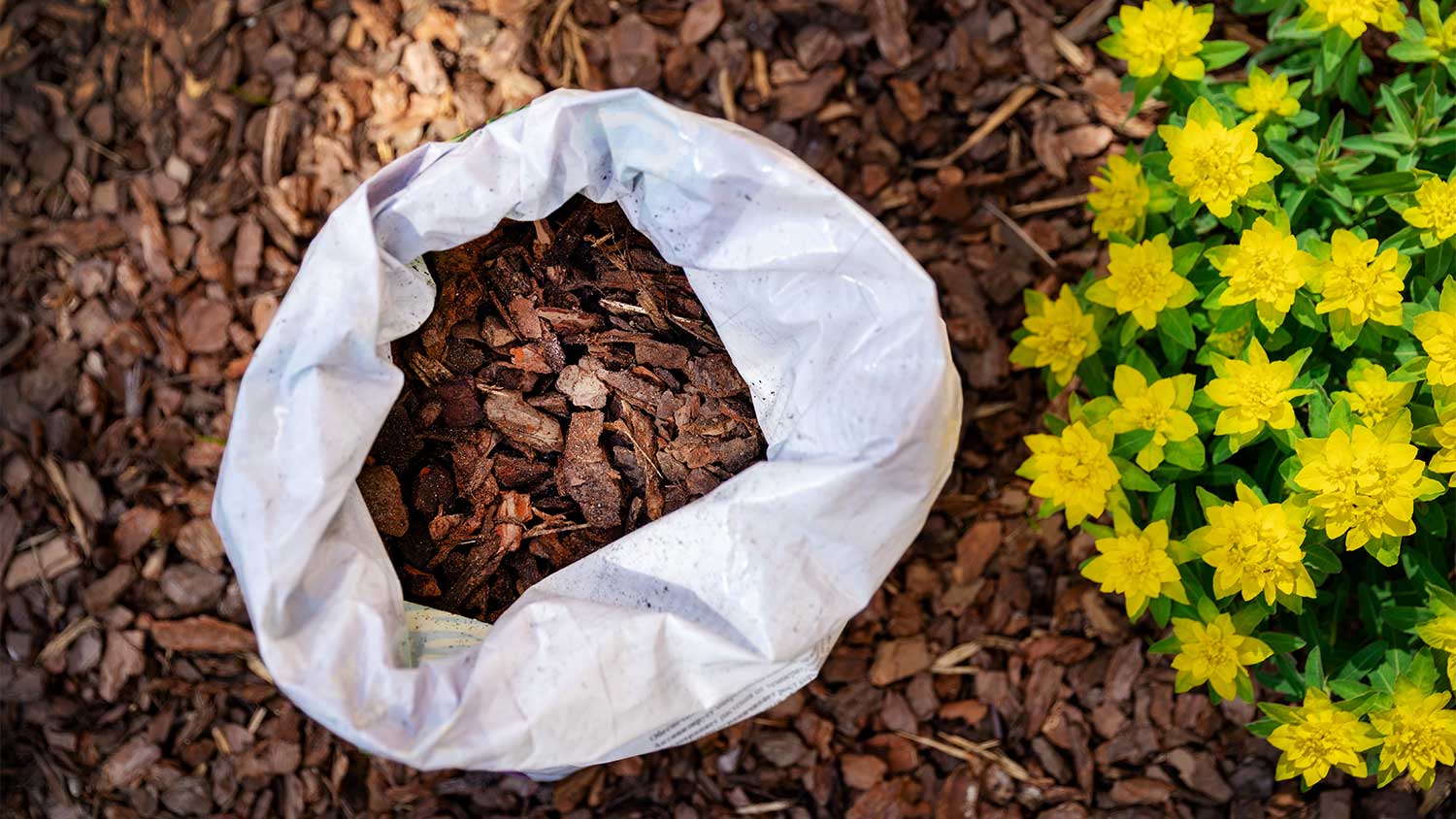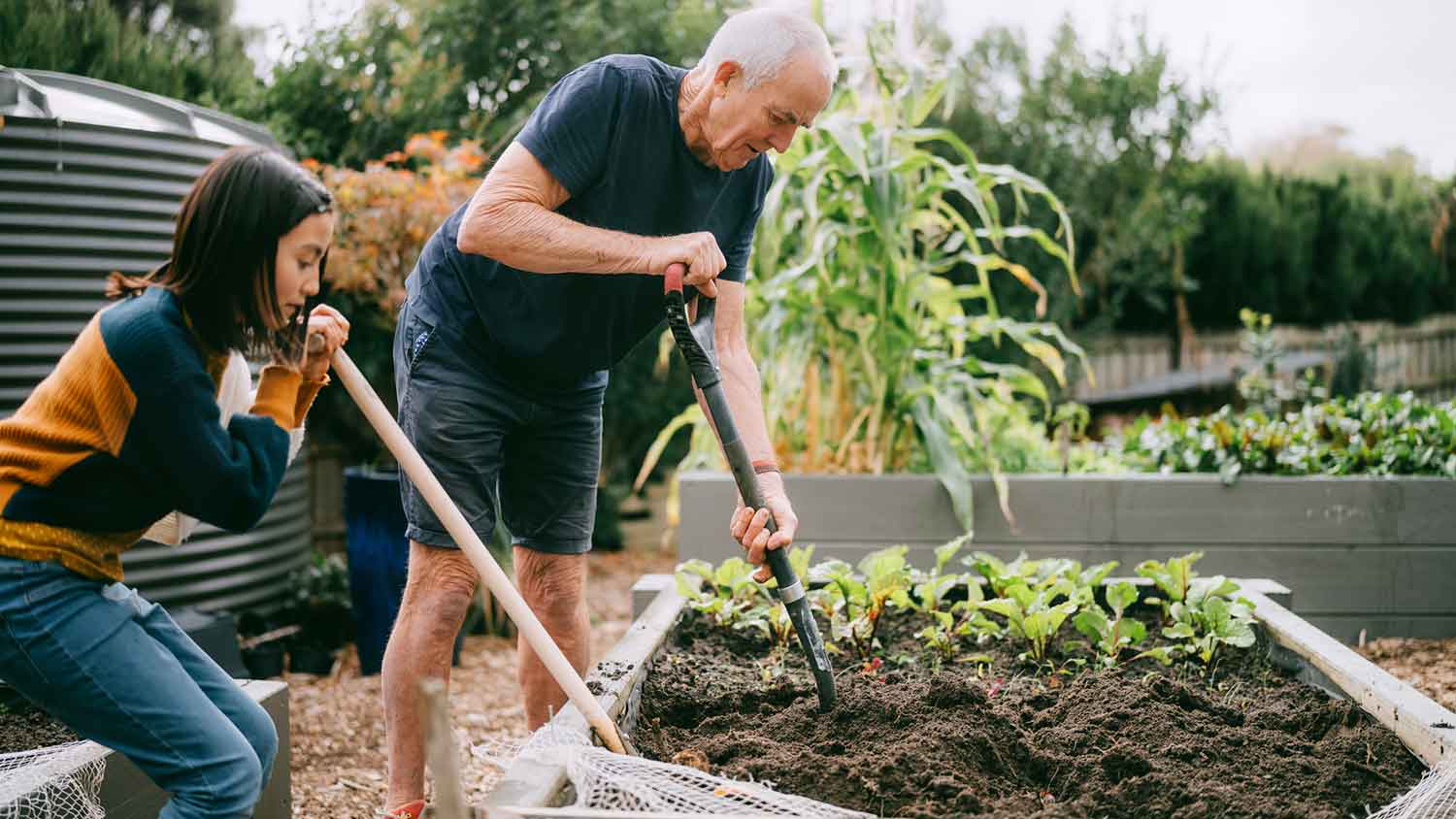
Discover the average forestry mulching cost, key price factors, and tips to save on your land clearing project. Get transparent pricing and expert advice.
The average fill dirt costs $836, with most homeowners spending between $342 to $1,333, depending on type, quantity, and delivery.


Fill dirt is used to level, grade, or fill low spots in yards and construction sites, providing a stable base for landscaping or building.
The main cost factors are dirt type, total quantity needed, and how far the material must be delivered.
Investing in proper fill dirt installation can increase property value by preventing drainage issues and supporting long-term landscape health.
Completing this project helps control erosion and creates a smoother, safer outdoor area for future improvements.
For best results, check if your project requires permits or site prep, and always clarify delivery and labor fees before starting.
This article was created using automation technology and thoroughly fact-checked and edited by an Angi Editor in accordance with our AI policy.
Fill dirt cost averages $836, with a typical range from $342 to $1,333. Some homeowners spend as little as $125, while others with larger yards may pay up to $3,000, depending on project size, dirt type, and delivery fees. Costs are calculated per cubic yard or per truckload.
Fill dirt is essential for leveling land, building up foundations, or preparing for landscaping. Understanding fill dirt cost helps you plan and budget effectively, whether you’re tackling a small garden or a major grading job. Delivery and spreading often add to the price, so it’s important to consider all factors upfront.
Several elements influence fill dirt cost, from the type of material to the size and complexity of your project. Let’s break down what matters most when estimating your total budget.
Fill dirt comes in several forms, each suited for different uses and priced accordingly. The main types include screened, unscreened, structural, and specialty blends. Screened fill dirt is sifted to remove large debris, making it ideal for landscaping and smoother finishes.
Unscreened fill is more affordable and works well for basic filling or raising ground levels where precision isn’t crucial. Structural fill is engineered for stability and often used under foundations or roads, which increases its cost. Specialty blends may include additives for enhanced drainage or compaction.
| Fill Dirt Type | Description | Average Cost (Per Cu. Yd.) |
|---|---|---|
| Screened | Sifted for debris; smoother texture | $12–$20 |
| Unscreened | Contains rocks and debris; basic fill | $8–$15 |
| Structural | Engineered for compaction and stability | $15–$25 |
| Specialty blends | Custom mix for drainage or specific needs | $18–$25 |
Choosing the right type depends on your project’s demands. For example, structural fill is necessary for foundations, while screened fill is best for visible landscaping areas.
The total amount of fill dirt needed is one of the biggest cost drivers. Fill dirt is measured in cubic yards, and suppliers often have minimum order requirements. Buying in bulk can lead to lower prices per cubic yard, making large projects more cost-effective. Conversely, small projects may face higher per-yard costs due to delivery fees.
| Project Size (Cu. Yd.) | Typical Use Case | Cost Range |
|---|---|---|
| 5 | Small garden or hole filling | $40–$125 |
| 20 | Leveling a yard or patio base | $160–$500 |
| 60 | Large grading or new construction | $480–$1,500 |
To estimate your needs, multiply the area’s length, width, and depth (in feet), then divide by 27 to get cubic yards. Always round up to ensure enough coverage.
Not all fill dirt is made equal. Material quality, composition, and additives can alter both price and suitability for your project. Clean fill is free of contaminants and organic matter, making it stable for building. Mixed fill contains debris or organic material and costs less but may settle unpredictably. Engineered fill is certified for structural uses and comes at a premium.
| Material Type | Key Features | Average Cost (Per Cu. Yd.) |
|---|---|---|
| Clean fill | No contaminants; stable base | $10–$18 |
| Mixed fill | May contain rocks or organics | $8–$13 |
| Engineered fill | Tested for compaction and drainage | $16–$25 |
Requesting certified or tested fill dirt ensures safety and compliance, especially for structural or regulatory projects, but increases costs.
Professional fill dirt installation often involves excavation contractors, landscapers, or grading specialists. Labor costs range from $50 to $150 per hour, depending on region and project complexity. Some pros charge by the cubic yard or by project, especially for larger jobs. Labor rates rise for projects with difficult access, steep slopes, or large volumes, as these require more time, skill, and equipment.
For spreading and compacting, expect to pay extra if heavy machinery is needed or if your property has challenging terrain. Labor is a key part of fill dirt cost, so clarify what’s included in your contractor’s estimate.
Site preparation is crucial for a successful fill dirt project. This may include clearing vegetation, grading, minor excavation, leveling or clearing your yard, and debris removal. Prep work costs $200 to $800, depending on site size and condition. If equipment rental is needed, such as a skid steer or compactor, budget an additional $100 to $300 per day unless included in your contractor’s fee.
Proper site prep prevents future settling and drainage problems, making this step a wise investment for long-term stability.
While not mandatory, tipping is a common practice in the fill dirt industry. For delivery drivers or laborers handling heavy loads and equipment, a tip of $20 to $50 per person is appreciated for efficient and courteous service. For larger projects, tipping 5% to 10% of the labor cost can be a thoughtful gesture, especially if the crew goes above and beyond.
Tipping is most expected when delivery involves extra effort, such as navigating tight spaces or handling last-minute changes.
Beyond the basics, several extras can impact your total fill dirt cost:
Permit fees: Required for large projects or work near property lines, $50 to $200.
Inspection costs: If mandated by local authorities, plan for $100 to $300.
Post-installation cleanup: Hauling away debris or smoothing the final surface may add $50 to $200.
Erosion control and retaining walls: These features range widely, from $100 for landscaping fabric to several thousand for engineered solutions.
Specialty add-ons: Adding a topsoil layer, sod, or landscaping fabric can raise the final bill, but may be necessary for certain projects.
Fill dirt projects may require ongoing investment, especially for maintenance and repairs. Understanding these costs upfront helps you plan for the long term.
Fill dirt can settle or shift over time, leading to uneven surfaces or low spots. Regular maintenance includes regrading, compacting, and adding more fill as needed. This costs $50 to $200 per visit, depending on the area and amount of dirt needed. Monitoring and addressing issues early prevents larger problems down the road.
If you need to adjust or refresh fill dirt periodically, budget for equipment rental or operating costs. Renting a skid steer or compactor costs $100 to $300 per day. For new installations, watering or stabilizing the dirt may be necessary to help it settle properly, with water costs varying by region. Erosion control measures, such as blankets or netting, can cost $1 to $3 per square foot but help protect your investment.
Common repair needs include fixing erosion, washouts, or areas that have settled unevenly. Minor repairs, like adding a few cubic yards of fill and regrading, cost $100 to $500. Larger problems, such as major washouts or failed compaction, may require professional help and cost $1,000 or more. Prompt repairs prevent further damage and keep your landscape safe and attractive.
Deciding between DIY and professional installation affects both cost and outcome. Here’s what you need to know about each approach. DIY fill dirt projects require you to purchase materials, arrange delivery, and rent or borrow equipment such as wheelbarrows, shovels, or skid steers. Material costs remain the same, but you’ll save on labor. Equipment rental can add $100 to $300 per day, and you’ll need to factor in your own time and effort.
Hiring a local pro bundles labor, equipment, and expertise into one price. Pros handle site prep, delivery, spreading, and compaction—reducing the risk of settling or drainage problems. While professional installation costs more upfront, it can save money in the long run by preventing costly mistakes. DIY is best for small, accessible projects and confident homeowners. For larger or more complex jobs, we recommend hiring a professional for peace of mind and lasting results.
Fill dirt projects often include extra features to enhance function or appearance. Here’s what popular add-ons cost and why you might need them:
Topsoil overlay: $10 to $50 per cubic yard, improves soil quality for planting and landscaping.
Sod or seed installation: $0.35 to $0.80 per square foot, creates an instant lawn over new fill.
Retaining wall construction: $3,000 to $8,000, stabilizes slopes and prevents erosion.
Erosion control blankets or netting: $1 to $3 per square foot, protects against water runoff and soil loss.
Gravel or decorative stone topping: $20 to $100 per ton, adds drainage and visual appeal.
Drainage system installation: $1,000 to $5,000, manages water flow and prevents pooling.
Weed barrier fabric: $0.40 to $1 per square foot, blocks unwanted growth and stabilizes fill.
These add-ons improve the longevity and usefulness of your fill dirt project, but each comes with its own cost considerations.
There are several ways to keep your fill dirt installation project wallet-friendly without sacrificing quality. Taking these steps can help you save money and complete your project with confidence:
Obtain multiple quotes from local contractors to compare pricing and services.
Choose budget-friendly options with proven durability for your home's location and needs.
Prepare the site yourself to save on labor and reduce overall budget costs.
Bundle your fill dirt project with other foundation upgrades to take advantage of package discounts.
Reuse excavated soil from your own property if suitable.
Home is the most important place on earth, which is why Angi has helped more than 150 million homeowners transform their houses into homes they adore. To help homeowners with their next project, Angi provides readers with the most accurate cost data and upholds strict editorial standards. We extensively research project costs to develop the pricing data you see, so you can make the best decisions for you and your home. We rely on reputable sources, including the U.S. Bureau of Labor Statistics, academic journals, market studies, and interviews with industry experts—all to ensure our prices reflect real-world projects.
Want to help us improve our cost data? Send us a recent project quote to [email protected]. Quotes and personal information will not be shared publicly.
From average costs to expert advice, get all the answers you need to get your job done.

Discover the average forestry mulching cost, key price factors, and tips to save on your land clearing project. Get transparent pricing and expert advice.

Find out how much a soil test costs and what you get for your money with our expert guide. Know what to budget for different types of soil tests.

Find out the average mulch delivery and installation cost, plus key factors that impact your price. Learn how to budget, compare options, and save on your landscaping project.

Whether you should remove old mulch depends on your unique situation and personal preferences. Learn more about how to handle last season’s spread.

If you’re planning a garden and asking yourself, “How many yards of dirt do I need?” this dirt calculator will help you do the math to find the right number.

Tired of your traditional, woody mulch and ready to try something new? We got you! Get 11 mulch alternatives to choose from here.